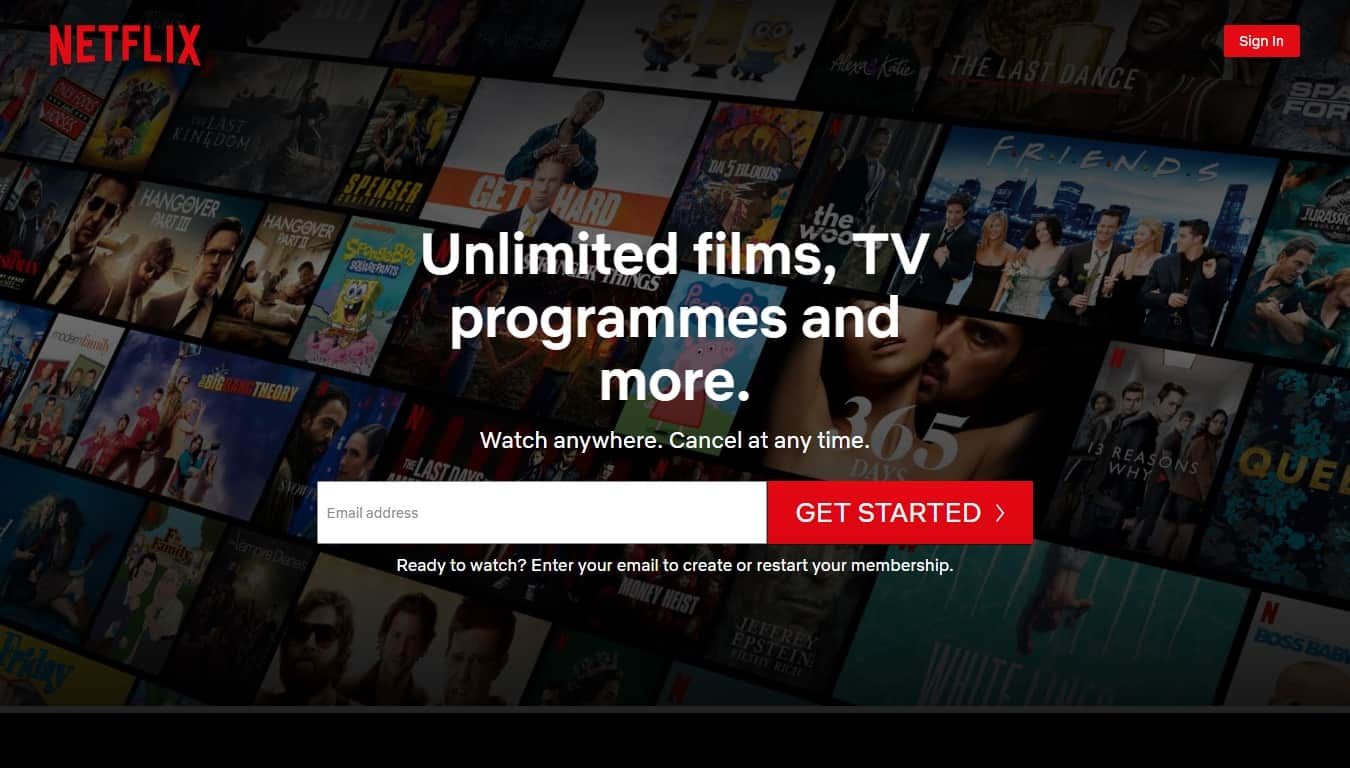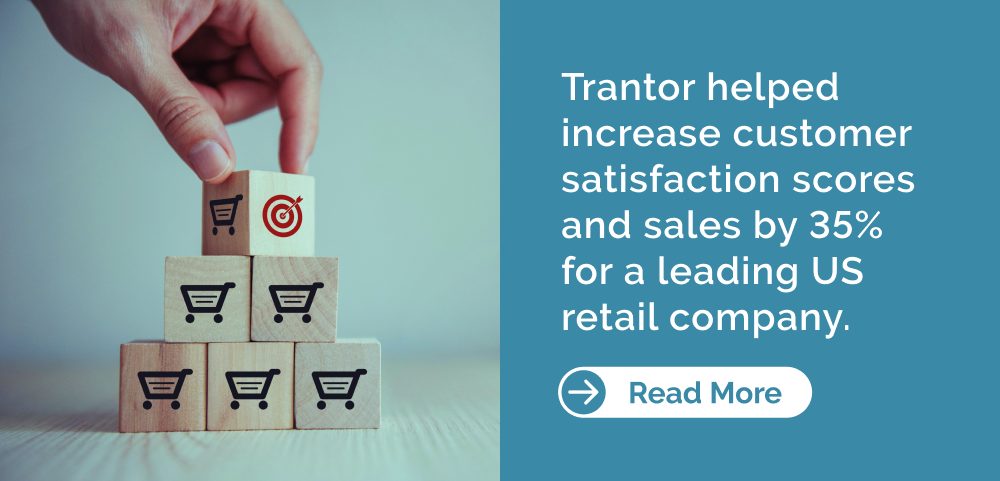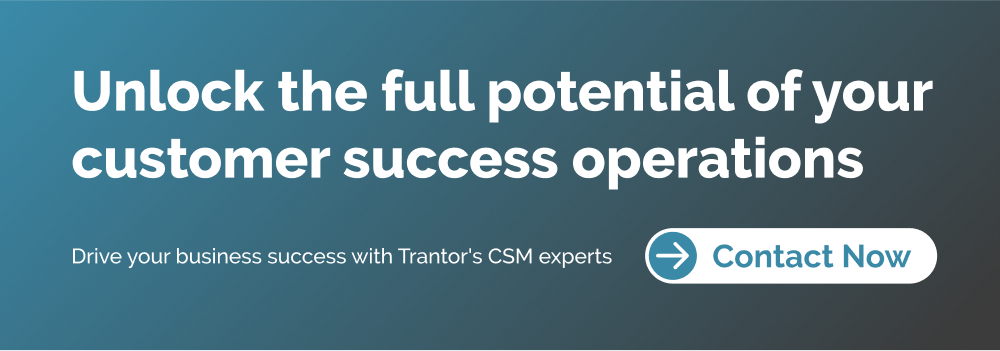Customer Experience, zBlog
Future of Customer Success: Trends and Strategies for the Next Decade
trantorindia | Updated: April 27, 2023

Phrases like ‘customer-first’ or ‘user-friendly’ are often thrown around. However, customer success is more than just addressing your customer’s queries on an IVR. It’s an integral part of a successful business strategy.
How can your business stay ahead of the curve with ever-evolving customer needs and technological advancements?
In this guide, we will analyze the top trends that are shaping the future of customer success. Let’s jump right in.
The Impermanence of Customer Acquisition as a Growth Metric
Leverage these key customer trends of the future and revolutionize your customer experience:
- 1. Adaptable and Dynamic Customer Success: The debilitating anticipation of an economic recession is driving organizations worldwide to focus more on:
- Breaking down role-based silos
- Streamlining coordination across customer success and sales
- Ensuring customer success resources are versatile and flexible across CX domains
The idea is to own and be accountable for the post-sales customer relationship to enhance customer satisfaction, reducing churn.
Research shows that a 5% boost in retention results in up to a 25% boost in profits. Why? Because of the increased up-selling opportunities, the decline in operating and acquisition costs, referrals, and many more reasons that can help your organization sail through this difficult financial period.
- 2. Fundamental Shift in Mindset: Organizations are expected to shift focus toward customer outcomes instead of individualizing sales:
- Companies may strive to create cohort-specific offerings
- Strong feedback loops are expected to become more prevalent
- Customer success, professional service, support, and learning may merge into a single package as a brand offering
The goal is to shift focus to driving measurable, long-term customer outcomes, including improvement in repeat purchase and retention rates and opportunities for increased revenue from the same consumer. As customers now expect more from brands, a paradigm shift in how businesses view their customers is long overdue.
- 3. The Future of CX is Human-Dominated: Despite the integration of automation and AI, BCG suggests that the future of customer success/experience still relies on the human touch, particularly when handling complicated and nonstandard inquiries—or as BCG rightly calls it, ‘idiosyncratic requests.’
Suggestions to consider. Ensure that your customer service model is fast, agile, and lean, which can be achieved based on the following principles:
- The team can effectively handle end-to-end servicing with zero to no handoffs or transfers
- Agents are empowered with greater autonomy and accountability
- CX teams are recognized and rewarded for their services
- Agents are provided with the required training to hone their problem-solving
- Feedback loops are in place to drive continuous improvement
To bring these best practices to life, CX managers must ask the following questions and chalk out a robust and data-informed CX strategy:
- What kind of organization will the team need to be able to solve customer problems effectively?
- How will the teams serve customers: in terms of needs or segments?
- What are the various stages of the customer life cycle the teams will serve? For instance, will the same team handle a customer’s journey—from onboarding to account closure?
- Do you have the proper generalist or specialist training to serve customers?
- What support roles, such as coaches, mentors, etc., are needed to boost collaboration and productivity?
- How should teams incorporate agile ceremonies (think: daily standups, quarterly reviews, retrospectives, and more)?
Practical Strategies and Tactics for a Successful Customer Success Program
If you want to stay ahead of the curve and remain competitive, you need a successful customer success program. Embrace these tactics and make them your own to deliver a winning CX strategy:
- Strategy #1: Develop Customer Success Metrics
Your customer success program rests on how often you measure and improve it. You must develop metrics to track customer behavior, such as customer satisfaction scores, Net Promoter Scores (NPS), and customer retention rates.
Use-case: HubSpot, an inbound marketing and sales platform, uses a combination of metrics to track the success of its customer success program; these include:
- Customer Satisfaction Score
- Net Promoter Score
- Customer Retention Rate
- Customer Health Score
- Customer Lifetime Value
HubSpot also tracks the time it takes to resolve customer issues and the number of support tickets per customer.
- Strategy #2: Create a Customer Onboarding Process
Consider your onboarding process the first opportunity to set the tone for your customer relationship. It’s essential to have a well-defined process that ensures your customers get off to a good start and have everything they need to be successful.
Use-case: Your onboarding process should be user-centric, action-oriented, value-driven, holistic, and constantly evolving.
Netflix’s onboarding experience is the stuff of legends:

The CTA button is highly-visible. Notice how the content on this sign-up page precisely demonstrates the value users will get from a free one-month trial. When it comes to onboarding users, you need to:
- Demonstrate the core benefits and value of the product for the user
- Personalize the experience
- Add relevant content, such as walkthroughs, guides, etc., to allow the user to onboard seamlessly.
- Strategy #3: Proactively Address Customer Needs
When it comes to customer success, make sure it’s proactive (and not reactive) in identifying and addressing customer needs. To achieve this, ensure that monitoring customer behavior becomes second nature for your agents.
Use-case: Starbucks has created a dedicated page on its website to address some of the most frequently asked questions and empower customers to self-serve:

The future of customer success is an extraordinary tapestry woven with innovative strategies, empowered by cutting-edge technologies, and guided by an unwavering dedication to delivering exceptional customer experiences. It is a realm where businesses forge deep connections, anticipate desires, and create a harmonious symphony of satisfaction, forever shaping the destiny of success.
The present and the future of customer success will be dictated not solely by addressing needs, but also by pre-empting them and exceeding the customer’s expectations every single time.

In Conclusion: Why Invest in Customer Success for Long-Term Success?
“Customer success’s vertical and horizontal reach provides businesses with insights and visibility it needs to retain and grow its customer base.” – Gartner.
Customer success can determine how your customers perceive and feel about your products. The good thing is that brand perception can be molded through actively incorporating dynamic CS strategies into your business.
Customer success can determine how your customers perceive and feel about your products. The good thing is that brand perception can be molded through actively incorporating dynamic CS strategies into your business.
A collaborative, cross-functional approach to customer success will help you consolidate your operations and hone a culture of customer success.
The importance of customer success in driving business growth and ensuring long-term sustainability must be addressed. Your ability to deliver outstanding customer experiences that align with your business goals can set you apart from your competitors and create a loyal customer base to drive revenue growth.
However, achieving customer success can be challenging, and many businesses need help to deliver consistent and meaningful experiences that meet their customers’ needs. This is where Trantor’s customer success specialists can help. We understand that customer success is not just a buzzword but a critical component of your business strategy.
Our approach to customer success is grounded in the belief that your success depends on your customers’ success. We can help you achieve this by delivering actionable customer success operations tailored to your business needs and goals.
Trantor’s Customer Success Management team brings a wealth of knowledge and experience in customer success, having worked with numerous reputed companies over the years. We can help you identify and address the root causes of customer churn, optimize your customer lifecycle, and deliver personalized experiences that drive customer satisfaction and loyalty.




